 HOME: www.hiltonpond.org |
|
||
|
|
|||
|
|
|||
|
|
|||
|
|
|||
|
|
|||
|
THIS WEEK at HILTON POND |
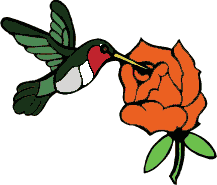 DON'T MISS DON'T MISS"HUMMINGBIRD MORNINGS" |
 HOME: www.hiltonpond.org |
|
||
|
|
|||
|
|
|||
|
|
|||
|
|
|||
|
|
|||
|
THIS WEEK at HILTON POND |
 DON'T MISS DON'T MISS"HUMMINGBIRD MORNINGS" |
|
At Hilton Pond Center, here's what we like about Japanese Beetles:
Here's what we don't like:
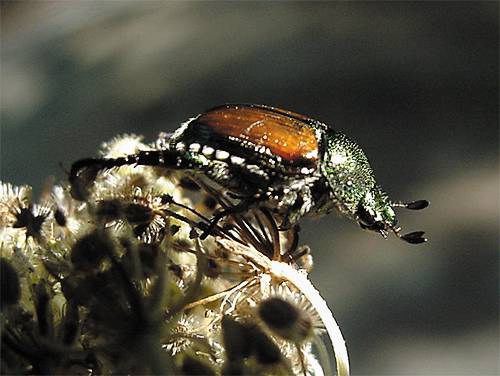 Although we try not to make value judgments about nature, we have few good things to say about Japanese Beetles (Popillia japonica). The western world easily could have gone without the introduction of these prolific foliage-feeders that were brought accidentally to New Jersey from the Orient in 1916. With none of their natural predators or diseases around to keep them in check, Japanese Beetles spread rapidly and today are entrenched firmly in the eastern third of the U.S. Adult beetles and their larvae occasionally show up in commercial shipments to California, but the pest fortunately hasn't gotten a good claw hold on the West Coast. The Japanese Beetle (above) is easily identified by its dark metallic green head and thorax, bronze wing covers, and a row of bright white spots down each side of its abdomen. The spindly hind legs are especially long and often angle out from the body while the beetle is feeding.
While feeding, Japanese Beetles release an "assembly" pheromone that attracts others of their species, and the whole congregation joins in to chow down on whatever food source is at hand. Rather than eating an entire leaf, however, adult beetles consume the blade and not the veins, as shown in by Blackberry leaflets (above right). This skeletonized foliage usually dies fairly quickly, depriving the host plant of its photosynthetic capabilities and forcing the beetles to move on toward greener pastures. (By the way, it's often hard to get a photo of Japanese Beetles feeding. When a predator--or photographer--approaches, the beetles typically freeze and then drop toward the ground, sometimes taking flight and usually evading the camera.) Along with their "assembly" pheromones, well-fed female beetles also yield a scent that drives their male counterparts into a frenzy, creating an orgiastic scene with several potential mates scrambling for each female's approval. In mid-summer, the fertilized female burrows a few inches into the soil and lays a half dozen eggs. Then she re-surfaces, feeds, and mates again, repeating the cycle every several days until perhaps 50 eggs are produced and deposited in the substrate. By the end of July, nearly all Japanese Beetle adults at Hilton Pond Center are dead--no doubt worn out from all that eating and mating--but their progeny are safely underground in the egg stage.
So maybe Japanese Beetles aren't so bad after all. They're pleasing to the eye, their grubs gobble up lawns, and the adults eat invasive plants. Now if we could just keep those Japanese Beetles out of our Blackberry patch . . . If you enjoy "This Week at Hilton Pond," please help Support Hilton Pond Center for Piedmont Natural History |
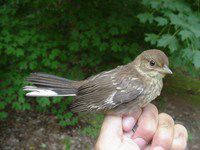 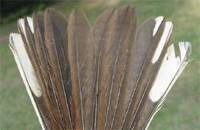 |
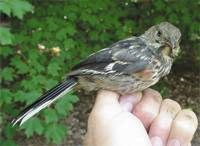 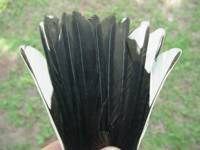 |
|
(Sexes look similar among young birds except female's tail is brown, male's is black; male above is somewhat older and already has some black bib and rusty flank feathers) |
|
|
The following species were banded this week (29-31 July): Ruby-throated Hummingbird--4* * = Includes at least one Recent Fledgling
All photos & text © Hilton Pond Center |
WEEKLY BANDING TOTAL (29-31 July 2001) 12 species 34 individuals YEARLY BANDING TOTAL (2001) 63 species 851 individuals BANDING GRAND TOTAL (since 28 June 1982) 122 species 39,134 individuals NOTABLE RECAPTURES WITH ORIGINAL BANDING DATES: Ruby-throated Hummingbird (1) 09/10/97 |
|
Up to Top of Page Current Weather Conditions at Hilton Pond Center |
 post questions for The Piedmont Naturalist |
 Nature Study Network |
Hilton Pond Center |
|
|